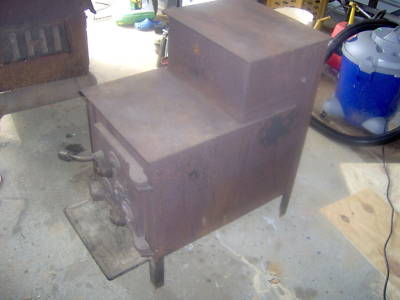
This article is part of “Solutionaries,” our continuing commitment to solutions journalism, highlighting the creative people in communities working to make the world a better place, one solution at a time. In the meantime, it still takes a combination of ground teams, volunteers and drone pilots to bring our furry friends back home safe. Drone experts believe technology will continue to improve, making searches for pets easier and ultimately more successful. In short, while drones have proven to be an excellent aid in finding lost pets, they are not a one-stop solution. They also have limited battery life, cannot fly in restricted airspaces, like near airports or military bases, and thermal imaging doesn’t work as well on hot days or when there’s extensive wildlife in the area.Ĭats are also better at hiding than dogs, so that makes them harder to find.

“It really does take a team effort,” he said, noting he’d been a part of pet searches and volunteered his drone services.ĭrones have their limitations, such as not being able to see under cars or trees, where lost pets may hide. While drones have proven to be useful in locating lost pets, Don Wiley from Gold Wingnut Productions in Florida emphasizes that they are just a tool and not a complete solution. Using thermal imaging, Howell located the dog curled up in a ball, and then sent the coordinates to the owner. Similarly, in Wisconsin, Matt Howell used his unmanned aircraft to find a dog. Using a trap, they were able to catch Burti and bring her to safety. After six days of searching, drone hobbyist Dawson Ross spotted prints in the snow and eventually found the dog. Despite sightings, the dog bolted anytime someone approached. In Ottawa, Canada, a rescue dog named Burti ran away after coming in from Taiwan. See the latest videos from the Solutionaries team now on YouTube. The dogs’ owner, Stephanie Dawes, expressed her gratitude, saying, “I owe him everything, because these dogs are my life.”

They’ve been involved in about 12 pet rescues so far. “If it wasn’t for the drone finding their thermal signature, the ground team of 12 individuals probably would have never found those pets,” May said.ĪFRS, a nonprofit, uses drones for missing person searches, fires, and natural disasters. They broke away from their owner during a hike.Ĭhief Todd May and his team dispatched one of their high-tech drones with thermal imaging to locate the dogs who were buried under a lot of thickets in a heavily wooded area. Gift of the Australiana Society after their visit to Kirribilli House on 20th November 1982. Not every interior allows for large iron fire dogs, so small iron fire dogs measuring 3.15 inches across are available at 1stDibs. In Central Ohio, AFRS - Ohio’s first robotic fire department - was called to help find two missing dogs in the middle of a winter storm with subzero temperatures. Pair of fire dogs, Victoria, c.1980, cast iron, (emu) 32 x 28 w x 43 cm. Iron fire dogs bearing Victorian or Arts and Crafts hallmarks are very popular at 1stDibs. As pet owners, the thought of losing a furry friend is heart-wrenching.īut what if technology could help locate lost pets faster than ever before? That’s exactly what’s happening thanks to the use of drones with heat-seeking technology.


 0 kommentar(er)
0 kommentar(er)
